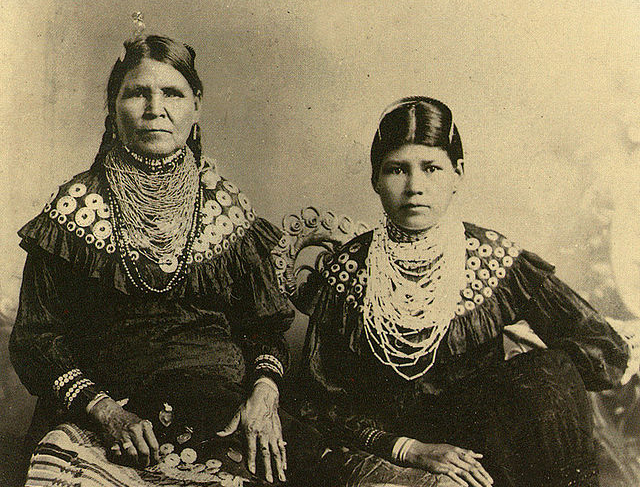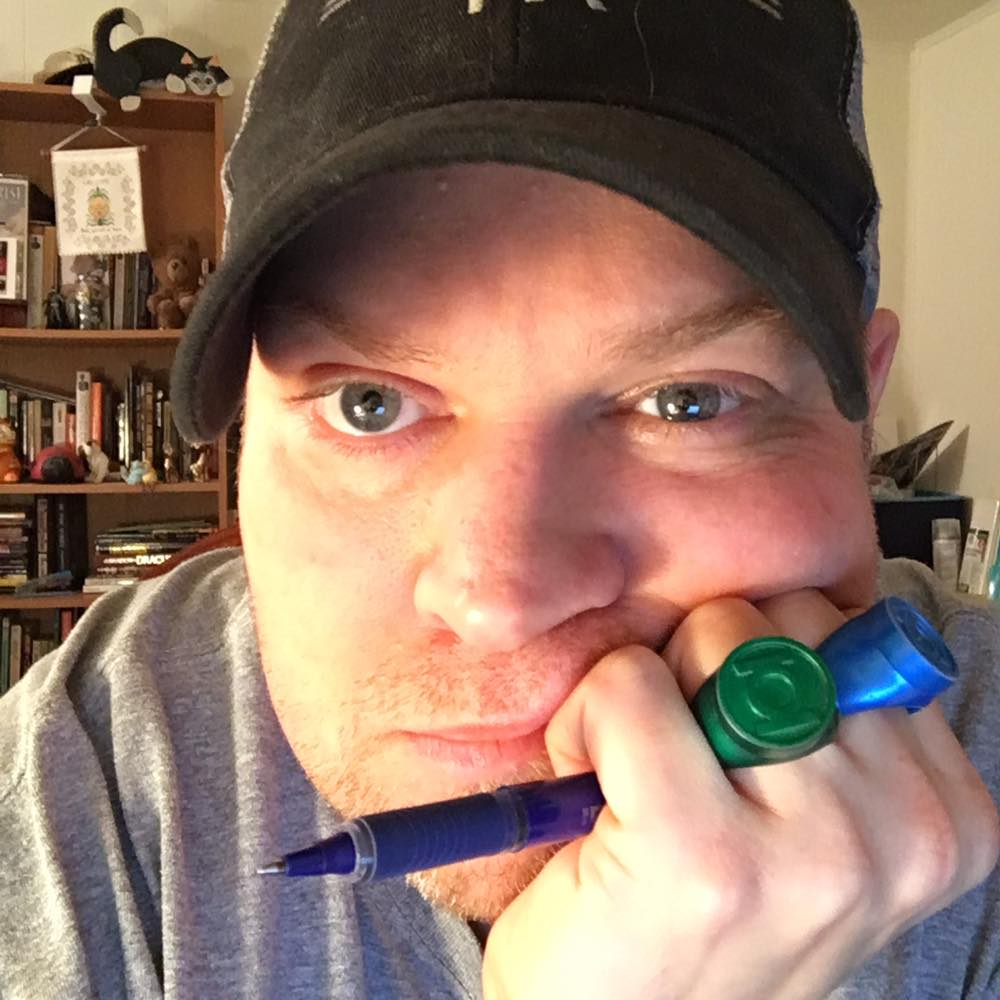
Where did the name Muncy come from?
A writer in the book “History of Lycoming County” edited by John Megginess, said “Muncy derives its name from the Monsey tribe of Indians that once dwelt within its borders.”
According to Native-Languages.org, the Monsey language, also spelled “Munsee” is “an Algonkian language closely related to American Delaware, or Lenape, but is considered by most linguists a distinct language.” It was said that the Monsey people were a tribe within the Delaware/Lenape cultures.
Muncy Creek was known by the Munsee Indians as “Occopocheny,” said historian John Freeze in the Jan. 7, 1876, edition of the Columbian newspaper.
“The name Muncy was doubtless given by the whites as easier pronunciation, or because the tribes inhabiting the region were called the ‘Monseys,’ or the Wolf tribes,” Freeze said.
The Lenape People
The Lenape peoples were divided into three groups based around the Wolf, the Turkey and the Turtle. It was the Wolf clans that lived in this area of Central Pennsylvania.
In 2018, writer Betsy McCully said, on the New York Nature site, the Lenapes “called their homeland Lenapehoking, a swath of land that stretched from the Lower Hudson region to Delaware Bay, including portions of New York, New Jersey, Pennsylvania and Delaware. Among Algonquians — Indians of diverse tribes who are united by a common root language — the Lenapes are ‘the Grandfathers,’ the first Algonquian-speaking people from whom all others are descended.”
McCully explained that even though there were slight differences in customs and languages, “the Lenapes were united by a complex system of kinship that traced their lineage back to common ancestors.” When Eurepeons began arriving in the world it was believed the Lenape Indians were “divided into roughly twenty autonomous groups, closely interconnected through clan membership, which was traced through the mother.”
She further added these connections were strengthened by marriage which “served as a means of maintaining bonds between different communities who shared the same land resources. The concept of shared land use was fundamental to Lenape society.”
To eat, Lenapes would hunt deer and regularly stalk and kill bears as well.
McCully described how both men and women would organize “hunting parties of as many as two to three hundred…organized deer drives. They hunted deer by first setting fire to a portion of the forest…then driving (the deer) into traps or snares.”
When not hunting, men would also hunt fowl with bows and arrows as well as nets. They would use nets, lances and hooks to catch fish as well.
Besides hunting, the Lenapes, specifically the Monsey tribes survived by “small-scale farming, growing the revered ‘three sisters’ crops of maize, beans, and squash.”
McCully said Henry Hudson found a typical home “contained a great quantity of maize, and beans of last year’s growth, and there lay near the house for the purpose of drying enough to load three ships, besides what was growing in the fields.”
They held respect for a deity called Kahesana Xaskwim or Mother Corn.
McCully explained that Lenape “Creator God” was called Kishelamakank and he lived in the “twelfth tier of the universe.” To help govern the world, the Creator God not only created the Mother Corn goddess, he created Earth Mother known as Kukna and the Keeper of the Game named Misinkhalikan (also known as Mesing’w, the Masked Being).
“Everything in nature possesses maneto, and if offended, the maneto can cause mischief,” McCully said. She added that rituals were performed to keep the spirits happy.
From peace to bloody battles
One Lenape Indian is considered a “saint” by many. Freeze said the “council-fires of Tamanend, their most illustrious chieftain, were kindled in (Pennsylvania’s) forests.” In the 1680s, William Penn, the founder of the State, met with Tamanend to discuss a treaty between the Europeans and Lenape people.
He was credited for saying that both peoples could “live in peace as long as the waters run in the rivers and creeks and as long as the stars and moon endure.”
However, the relationships of the Lenapes with the area began to change as European diseases began to decimate the people. By the mid-1700s, the Lenapes began to travel to Ohio. Today the Lenape and the Monsey Indians have integrated in the Cherokee Tribes and live primarily in Oklahoma, Wisconsin and Ontario.
The legacy of these Native Americans still lives on in the North Central, Pennsylvania region.
Freeze said that within the area’s “borders occurred some of the most bloody battles in which the white and red man contended for life and subsistence. Fierce and protracted were the struggles; and we find marks of them not only on their very sites, so tenacious was the hold of the Indian, that he has indelibly stamped his nomenclature upon almost every one of the streams, mountains, the passes, and the valleys.”




